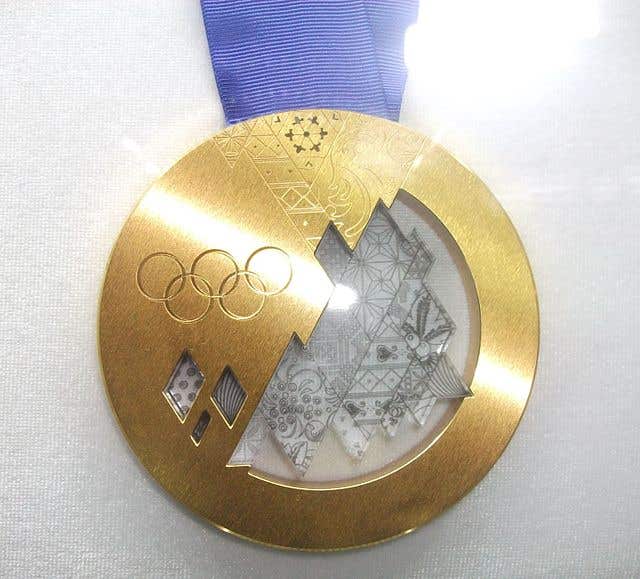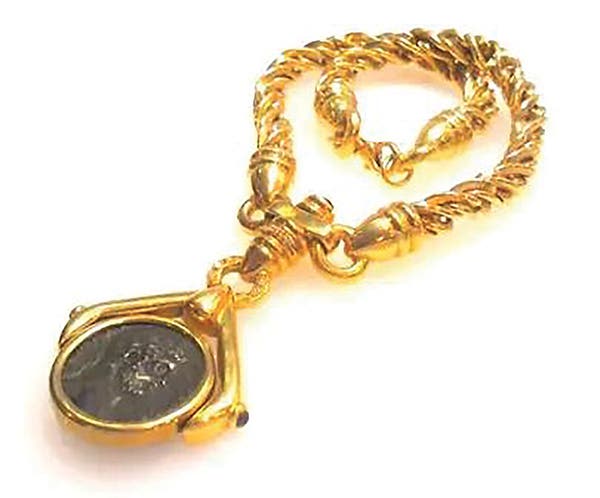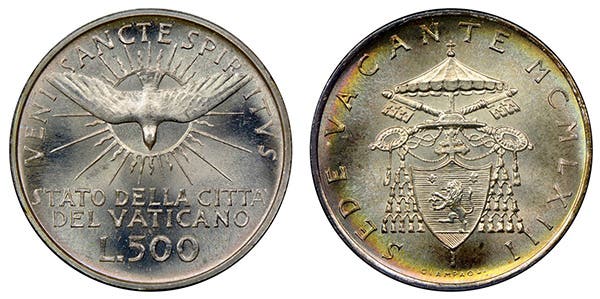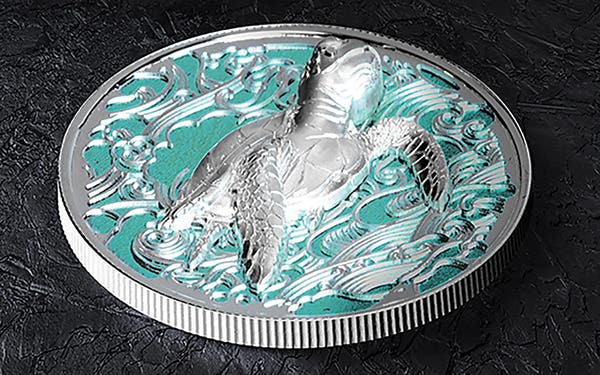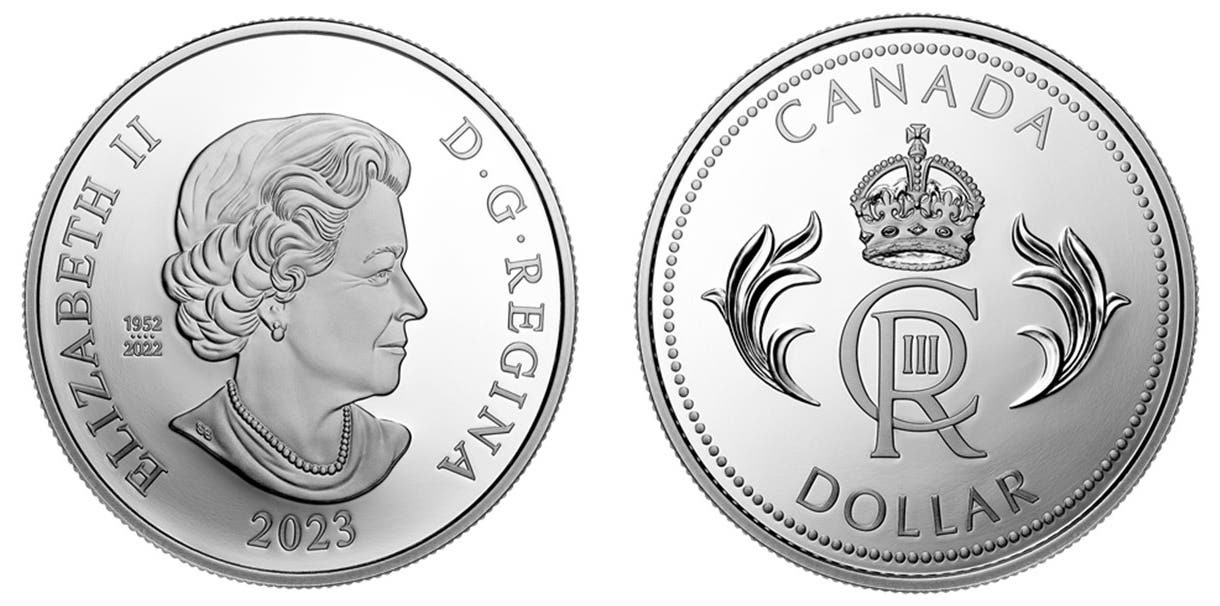Ancient coins seized
Amid the excitement at this year’s New York International Coin Convention (NYINC), an unsettling chord was struck with the surprise confiscation of two Greek Sicilian coin masterpieces from Classical Numismatic Group’s Triton XV auction.
By: Mark Fox
Amid the excitement at this year’s New York International Coin Convention (NYINC), an unsettling chord was struck with the surprise confiscation of two Greek Sicilian coin masterpieces from Classical Numismatic Group’s Triton XV auction.
The coins were listed as Lots 1008 and 1009 of “Cabinet W.” They were seized by the District Attorney of New York on the afternoon of Jan. 3.
Pre-auction estimates put the starting bid of Lot 1008 at $2.5 million and Lot 1009 at $300,000.
An eyewitness, who was in the hall outside the viewing room when the event took place, reported Homeland Security was also involved in the seizure.
On the morning of Jan. 4, Eric McFadden, senior director of CNG’s london office, announced to the floor bidders attending the “Cabinet W” sale at the Waldorf-Astoria Hotel, and to online bidders via live Internet video and audio, that the District Attorney of New York entered the CNG viewing room the day before and seized two coins from the Cabinet W collection. No explanation was given.
A criminal complaint issued by the New York County District Attorney’s Office alleges that “the defendant knowingly possessed stolen property with a value in excess of 50,000 dollars with intent to benefit a person [other] than an owner of the property and to impede recovery by an owner thereof.”
According to CNG, the coins from Cabinet W, “although few in number, form one of the most important offerings of ancient Greek coinage in living memory. The rarity and quality of these coins places all of them among the finest known examples of their type.”
Like what you're reading? Subscribe to our FREE email newsletter![form id="27827"]
Despite containing only 19 coins, a special supplemental catalog was created to showcase the collection. The coins were offered by CNG in association with Nomos AG, the Swiss coin firm.
The arrest was stated to have been made at about 2:15 p.m. on Jan. 3, at the Waldorf-Astoria Hotel. The circumstances of the arrest given in the complaint are as follows: “Deponent states that at the date, time, and place of occurrence, deponent observed defendant in possession of a 4th century BC [sic] silver coin, called a tetradrachm. Deponent also observed that the defendant was attempting to sell the same for approximately $300,000 under catalogue number 1009 in an auction defndant was conducting at the Waldorf-Astoria Hotel.”
Evidence supplied by a “confidential informant” provided the basis for the arrest and the claim that at least one of the coins was the property of the Italian government, according to the complaint.
As regards to the status of Italian antiquities, the complaint stated that the investigator was “informed by Captain Massimo Maresca, of the Italian Carabinieri Tutela Patrimonio Culturale, that Italian law, namely the Code of the Cultural and Landscape Heritage, has vested absolute and true ownership of all antiquities found in Italy after 1909 in the Italian government. According to informant, who examined the coin after it was seized, the government of Italy is the true owner of the tetradrachm under catalogue number 1009, and the Italian government never gave defendant or anyone permission, consent, or authority to remove said coin from the ground or to remove it from Italy.”
Curiously, Lot 1008, a stunning Akragas silver dekadrachm and one of 12 known, was mentioned nowhere in the complaint. It was the highlight of the Cabinet W sale and a highpoint of the entire NYINC, with a $2.5 million estimate. Its obverse depicts a powerful image of a quadriga galloping left and a reverse showing two eagles devouring a hare. The coin’s long provenance was described by a CNG cataloger as follows: “From a collection in the United States, once in a Swiss collection and, earlier, in an English collection in London in the 1960s.”
Lot 1009, cited in the report, was an equally impressive Katane silver tetradrachm, “purchased privately from an American collection in 2010,” but with an estimate of only $300,000. The head depicted on the front is a masterfully executed frontal view of a laureate Apollo while the reverse portrays another quadriga scene, with Nike flying above.
The reason for the absence of Lot 1008 in the public complaint is unknown, but it may be the subject of a civil case rather than part of a criminal investigation, by virtue of having possibly fewer questions surrounding its provenance. It is worth noting that four other Greek Sicilian coins in Cabinet W were not seized, and there is no evidence, at the time of this writing, to suggest that other coins were confiscated, either from the Cabinet W sale or another auction at the NYINC.
The complaint states that “the defendant knew that coin 1009 was ‘freshly dug’ and that, therefore, it had to be the property of the Italian government.”
The fact that the Katane tetradrachm was most likely discovered and already in the U.S. before the current Memorandum of Understanding (MoU) between Italy and the US went into effect (Jan. 19, 2011), unfortunately doesn’t mean such coins are free to stay in U.S. collections.
Under the McClain doctrine, as confirmed by the Schultz decision and upheld by three U.S. District Courts of Appeal, any object that is covered by a source country national patrimony law (such as the 1909/1939 Italian laws) and can be proven to have been imported into the U.S. without an export certificate is considered stolen property under U.S. law, and anyone who knowingly trades in such objects is subject to prosecution.
More Coin Collecting Resources:
• Subscribe to our Coin Price Guide, buy Coin Books & Coin Folders and join the NumisMaster VIP Program



